These over-the-counter kits can help you identify when you’re most fertile.
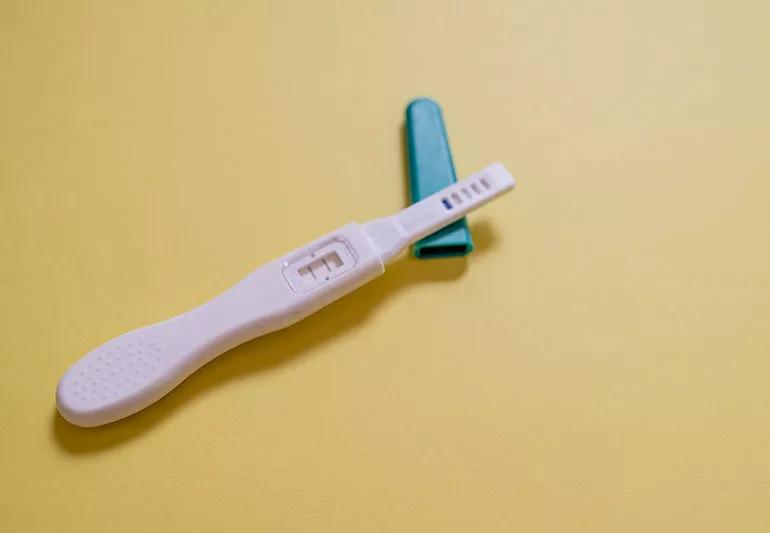
So you want to have a baby. You spent your younger years trying not to get pregnant, and now that the time has come, you’re trying to make the mental and physical switch to making it happen. Where to start?
Advertisement
Cleveland Clinic is a non-profit academic medical center. Advertising on our site helps support our mission. We do not endorse non-Cleveland Clinic products or services. Policy
“In order to get pregnant, the best thing women can do is use ovulation strips,” says Ob/Gyn Laura Detti, MD.
These over-the-counter kits, sometimes called ovulation predictor kits, are ovulation strips that are up to 99% effective in identifying when your body is most fertile — and ultimately boosting your chances of getting pregnant.
The ovulation strips track your body’s production of luteinizing hormone, a hormone that stimulates the ovaries. In the 24 to 48 hours before you ovulate, the amount of luteinizing hormone in your body rises — or “surges,” as doctors call it. This LH surge triggers ovulation, when the ovary releases the egg.
It’s during this surge, in the one to two days before ovulation, that your body is most fertile. Ovulation strips tell you when you’re in the midst of a surge and, thus, when you should be having sex to maximize the likelihood of conception.
“Not only do ovulation strips tell you whether or not you’ve ovulated, they also tell you in advance of ovulation that you’re going to,” Dr. Detti says. “So you have a couple of days to have intercourse before the egg is actually released.”
Another popular means of identifying your fertile window is basal body temperature tracking, in which you take your temperature orally every day and chart it out on paper or in an app to see when your temperature rises.
Advertisement
A sustained increase in temperature indicates that you’ve ovulated. But Dr. Detti says this method is both cumbersome and not particularly helpful to most women because it doesn’t tell them they’ve ovulated until they’ve already done so, at which point it’s too late to conceive.
“The lifespan of an egg once it’s ovulated is just about 24 hours, which is why it’s so important to have intercourse during and even in advance of ovulation,” Dr. Detti says, “because sperm survives in the genital tract for about 72 hours.”
This one’s easy: Just open the packaging, pop out the ovulation strip, and pee on it for the amount of time outlined in the instructions that accompany the product (usually about five seconds). Alternatively, you can pee into a cup and dip the strip into it, again following the instructions that come with your ovulation kit.
Though each product is different, most ovulation strips react to your urine to display either one or two lines: One line means you’re not fertile, and two lines mean you are.
If you see those double lines, it’s time to get down to business… in bed, that is. You’re within your fertile window when you’re most likely to get pregnant. Good luck!
Once you’ve ovulated, your strip will go back to showing just one line. If you’re not pregnant, expect your period within the next two weeks, and then the cycle will start again.
Using ovulation predictor kits can help you better understand the trends in your own menstrual cycle — and even identify areas of concern.
“If you don’t ovulate, your ovulation kit will not turn positive,” Dr. Detti says. If you never see two lines on your ovulation strips, make a doctor’s appointment to further explore any fertility issues.
Advertisement
Learn more about our editorial process.
Advertisement

Specific foods won’t really affect fertility, but a healthy weight and nutritious diet are helpful

This simple, permanent procedure may be the way to go
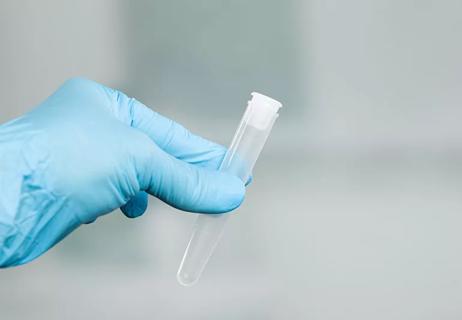
This safe, low-risk procedure can restore your fertility in as little as three weeks
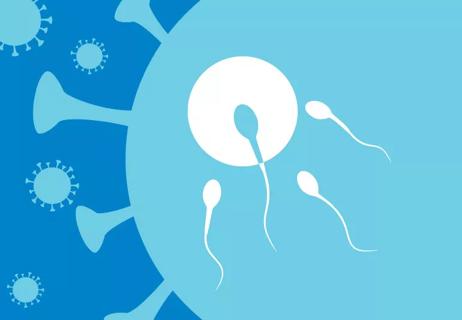
Getting vaccinated won’t impact your fertility, but getting the virus could
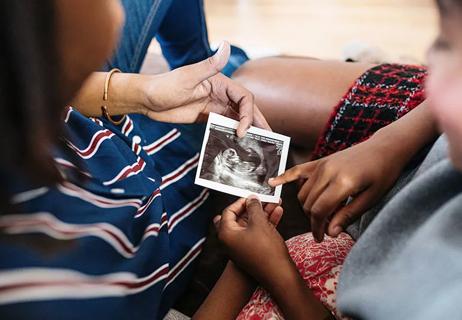
The short answer from an infertility specialist

Popular myth says breastfeeding prevents pregnancy, but that’s not the whole story
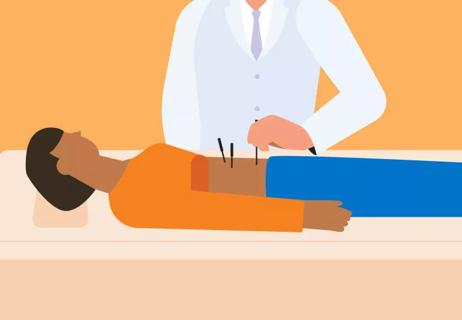
It’s great for stress relief, which can go a long way when you’re trying to conceive

Home pregnancy tests can detect pregnancy just two weeks after ovulation

Type 2 diabetes isn’t inevitable with these dietary changes

Applying a hot or cold compress can help with pain